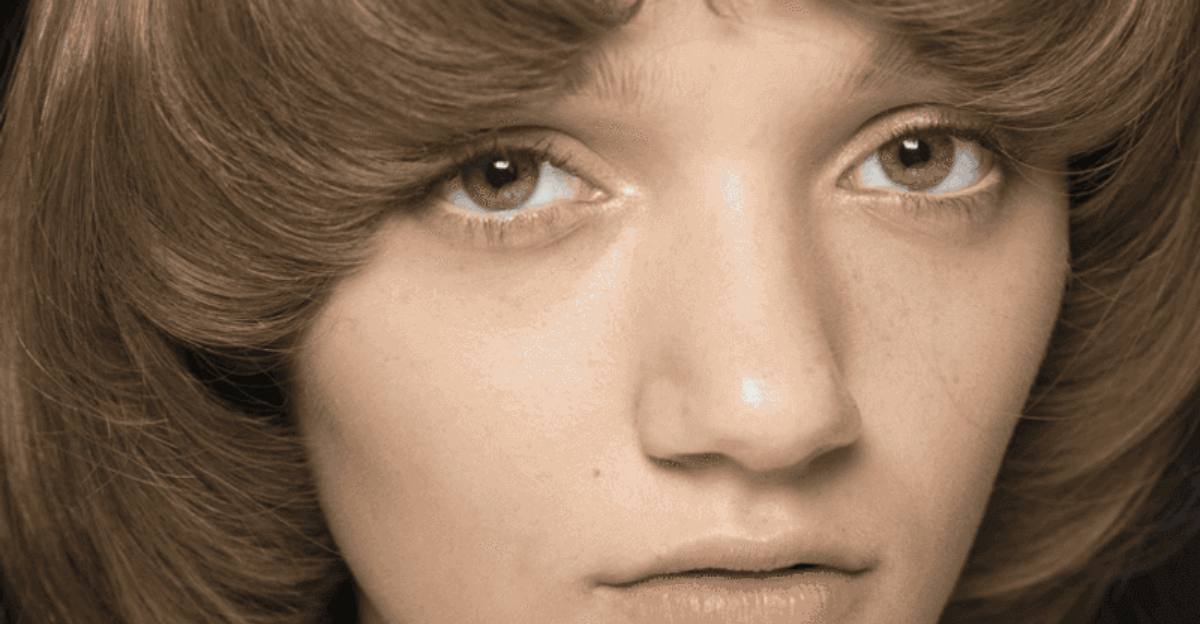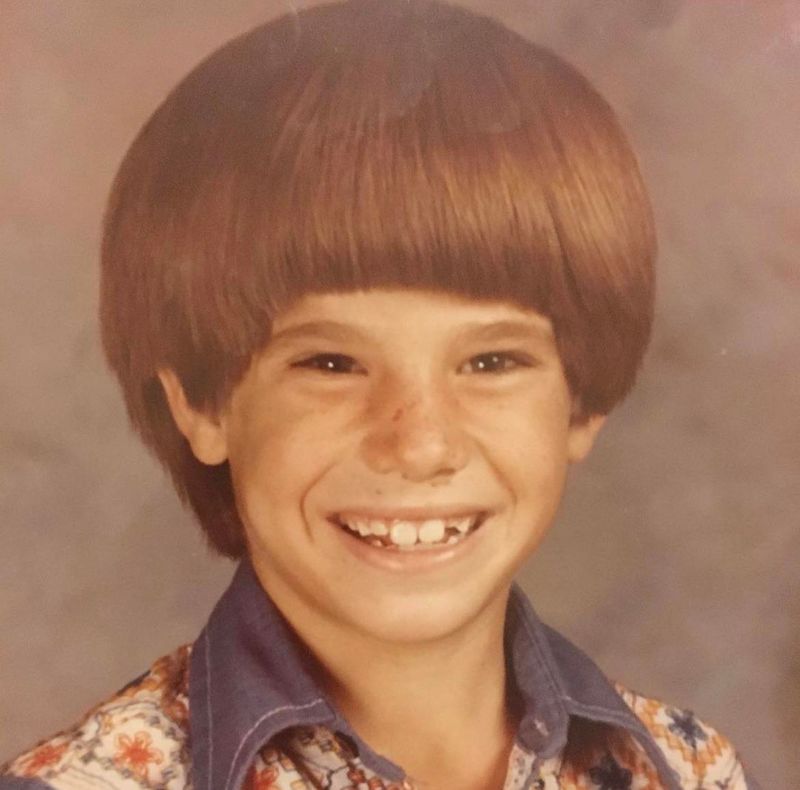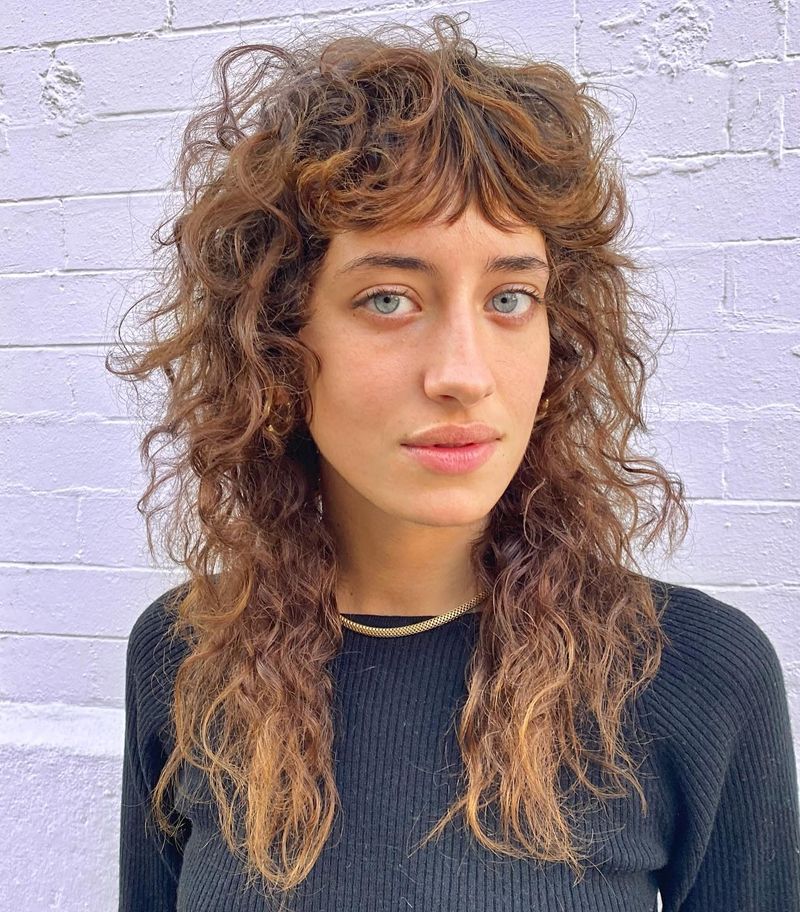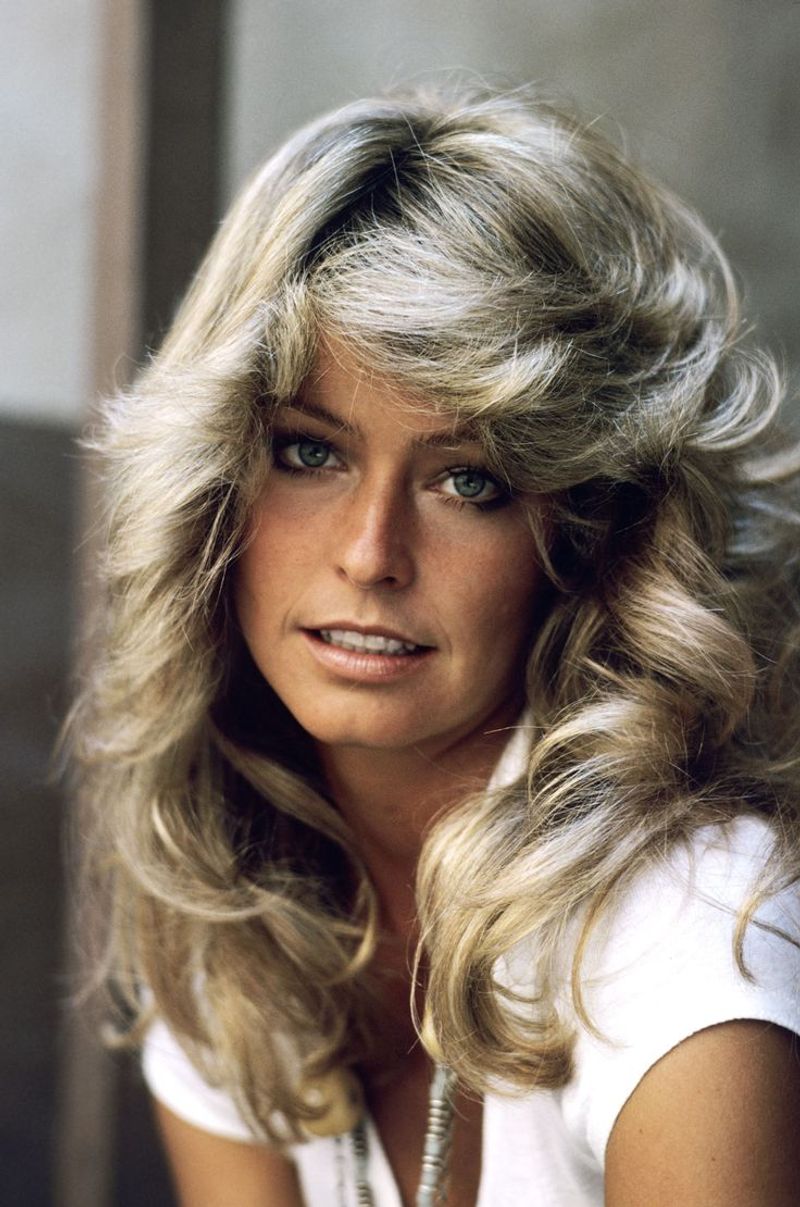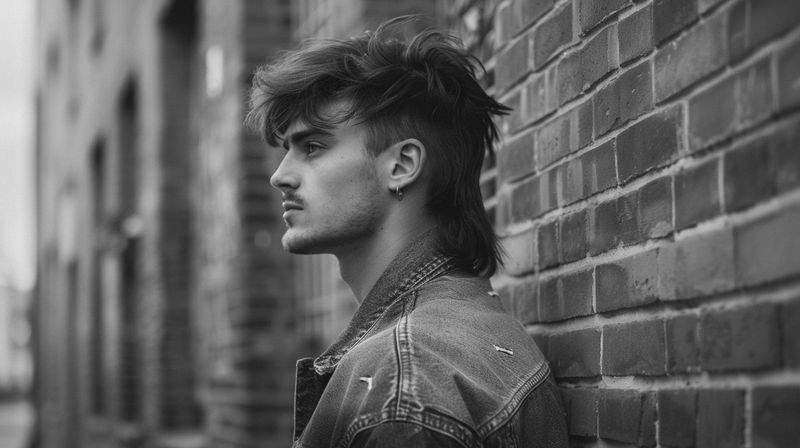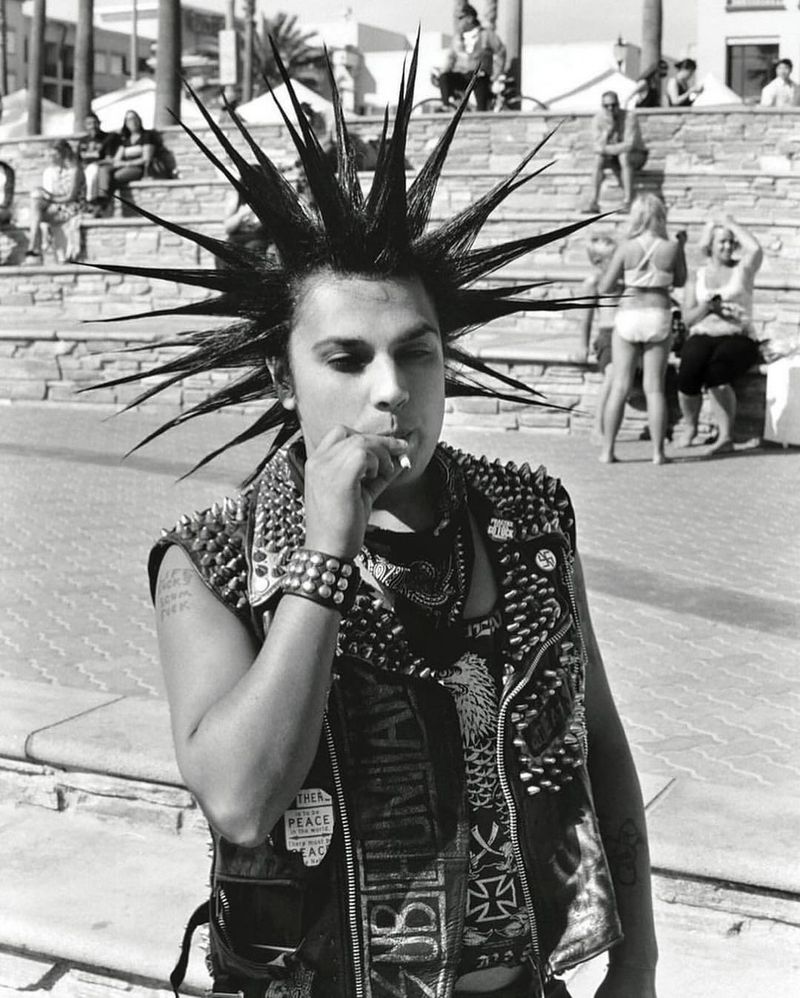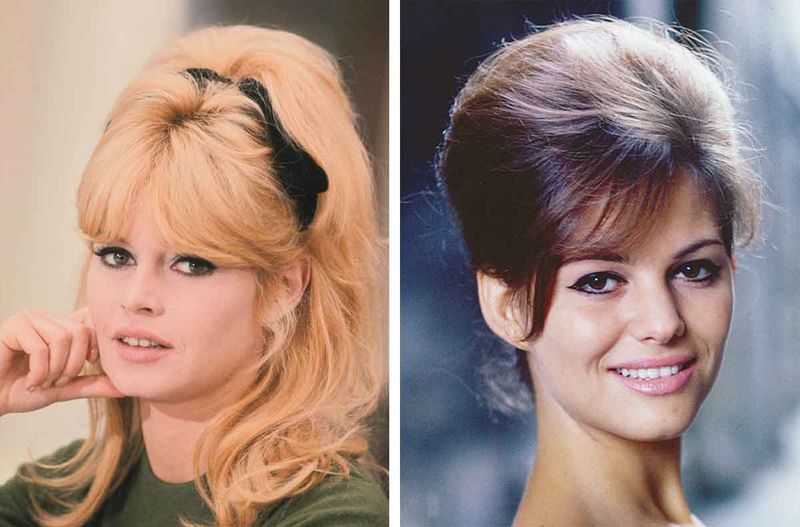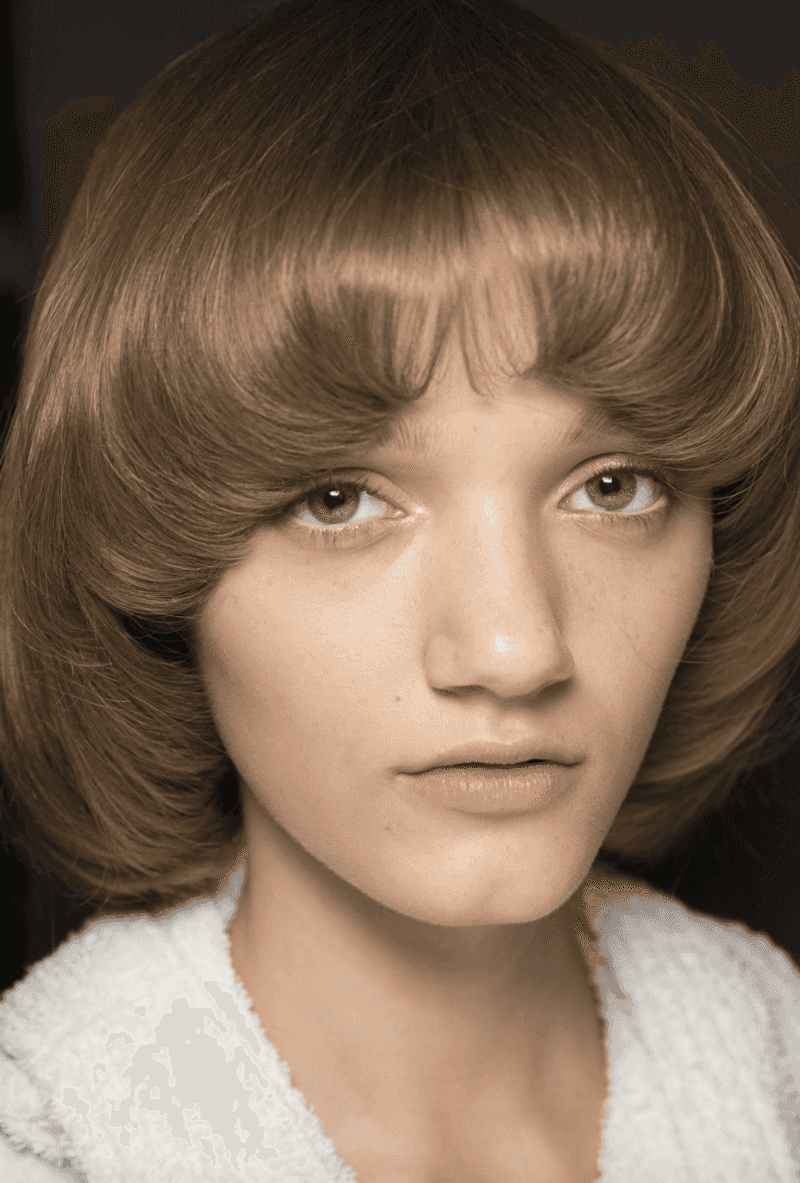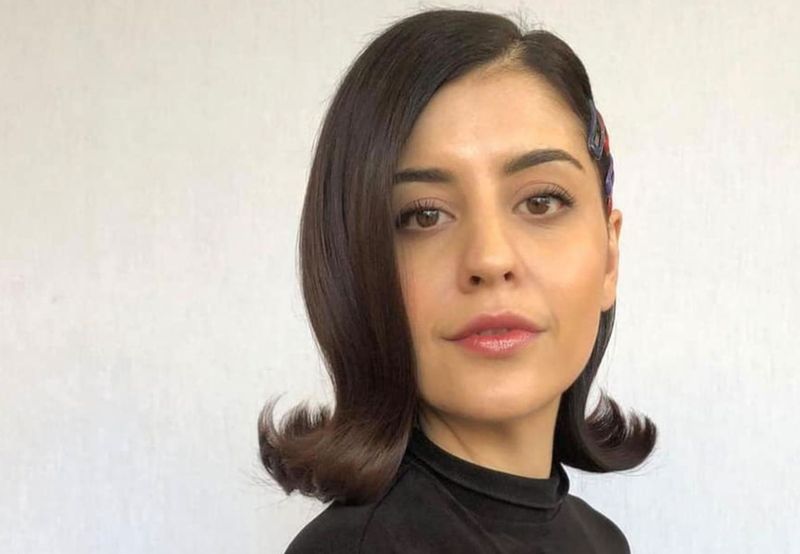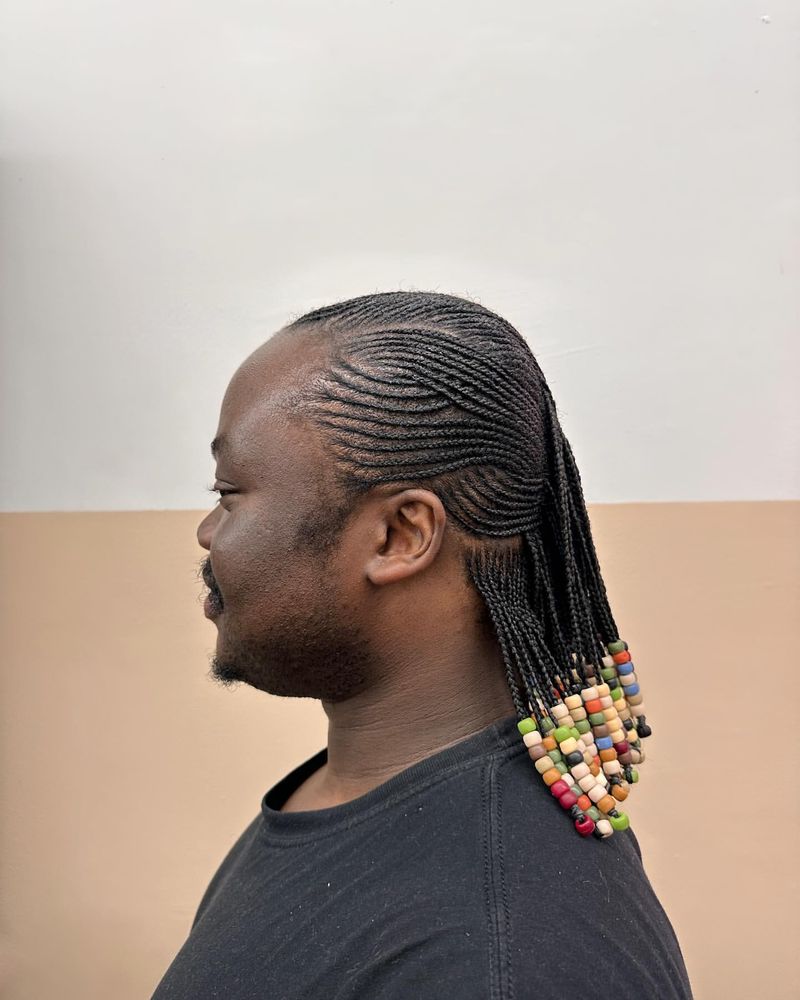The 1970s were a time of bold fashion statements, and nowhere was this more evident than in the hairstyles of the era.
While some styles were celebrated, others might raise a few eyebrows today.
From gravity-defying curls to unconventional cuts, let’s explore twelve hairstyles from the 1970s that would likely be banned by modern standards.
1. The Jheri Curl on Everyone
The Jheri Curl was a defining hairstyle of the late 1970s, known for its glossy, loose curls that seemed to drip with sheen. While it offered a stylish, carefree look, the maintenance was anything but.
Constant reactivation of the curls with special products led to stains on clothing and furniture. Today, such upkeep might seem excessive.
Many remember this style fondly, but widespread adoption would likely be met with resistance now, especially given the environmental impact of the chemical treatments.
2. The Bowl Cut
The bowl cut is infamous for its simple, even length resembling an overturned bowl placed on one’s head. While easy to achieve, it often lacked flair, making it ripe for ridicule.
Kids were frequent victims of this style, courtesy of time-strapped parents. It’s now seen as an outdated choice, with many alternative styles offering more personality.
Embracing individuality in hair styling has become more important, and the bowl cut rarely makes the cut in today’s fashion-conscious world.
3. The Shaggy Perm
The shaggy perm took the 1970s by storm, characterized by its wild, voluminous curls. Perms promised a long-lasting curly look, but achieving it required harsh chemicals.
The resulting texture was often brittle, and many regretted the decision shortly after. Today’s trends focus more on natural curls and less on chemical-induced styles.
This shift towards embracing natural beauty means the shaggy perm is more a relic of the past than a modern hairstyle choice.
4. The Feathered Look
The feathered look was a staple of 1970s hair fashion, popularized by celebrities. It featured layers flipped back for a feathery appearance.
While it offered a soft, glamorous look, achieving it required frequent styling. Many spent hours with blow dryers and brushes.
Now, it feels overly high-maintenance compared to effortless, contemporary styles. The feathered look, although iconic, is more suited for costume parties than everyday wear.
5. The Mullet
The mullet, with its ‘business in the front, party in the back’ vibe, was a defining look of the late 1970s. It offered an edgy, two-in-one style.
Despite its practicality, the stark contrast in lengths became a subject of ridicule. Today, it’s a nostalgic joke more than a serious hairstyle option.
Fashion cycles might revive it ironically, but as a mainstream choice, the mullet remains banished, embraced only by those seeking to make a bold statement.
6. The Liberty Spikes
Liberty spikes represented the rebellious spirit of the punk movement of the late 1970s. Tall, vertical spikes created using copious amounts of gel made a defiant statement.
This style required commitment and a lot of patience, not to mention the drying time. It’s hardly practical for a typical day.
While the punk ethos persists, hairstyles have adapted to be more wearable in everyday settings, leaving Liberty spikes in the realm of punk nostalgia.
7. The Beehive
The beehive, towering and intricate, was a staple of elegance in the early 1970s. Its architectural build required skill and lots of hairspray.
Though stunning, it was cumbersome and often uncomfortable, making it impractical for today’s dynamic lifestyles.
Modern preferences lean towards ease and comfort, and styles like the beehive are more theatrical than everyday.
8. The Pageboy
The pageboy haircut favored smooth, even lines with the ends turned inwards. It was seen as a sophisticated option for working professionals.
However, its lack of volume and movement made it appear too rigid by contemporary standards. Styling flexibility is more in demand now.
The pageboy is often considered outdated, eclipsed by styles that offer both professionalism and modern flair.
9. The Flip
The flip hairstyle, with ends turned outward, was a playful choice in the 1970s. It offered a carefree, spirited look, often seen in casual settings.
The style was relatively easy to achieve but required regular touch-ups to maintain its distinctive flair.
Today, the flip feels more like a nostalgic nod to the past rather than a practical everyday style.
10. The Cornrows with Beads
Cornrows with beads were not just a hairstyle but a cultural expression. The intricate braiding, combined with beads, created a vibrant, eye-catching look.
While it celebrated cultural heritage, the time and skill required for this style were considerable. In today’s fast-paced world, such intricate styles are less common.
Although cornrows have evolved, the bead-adorned version remains a striking homage to the 1970s cultural tapestry.
